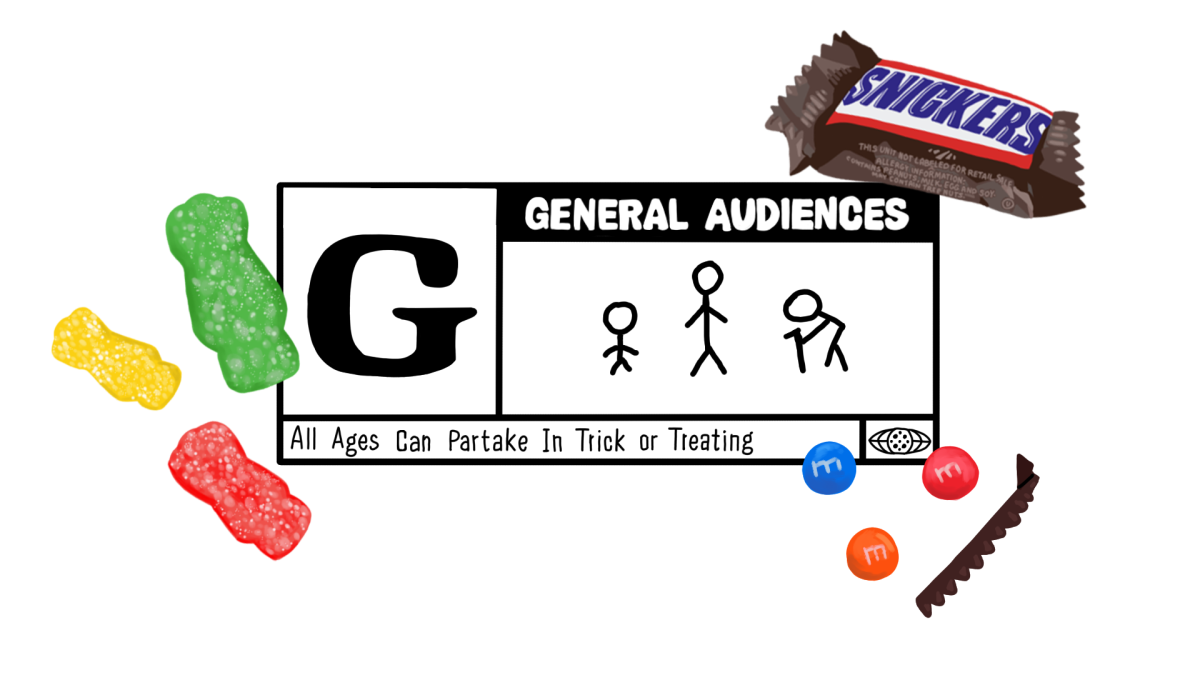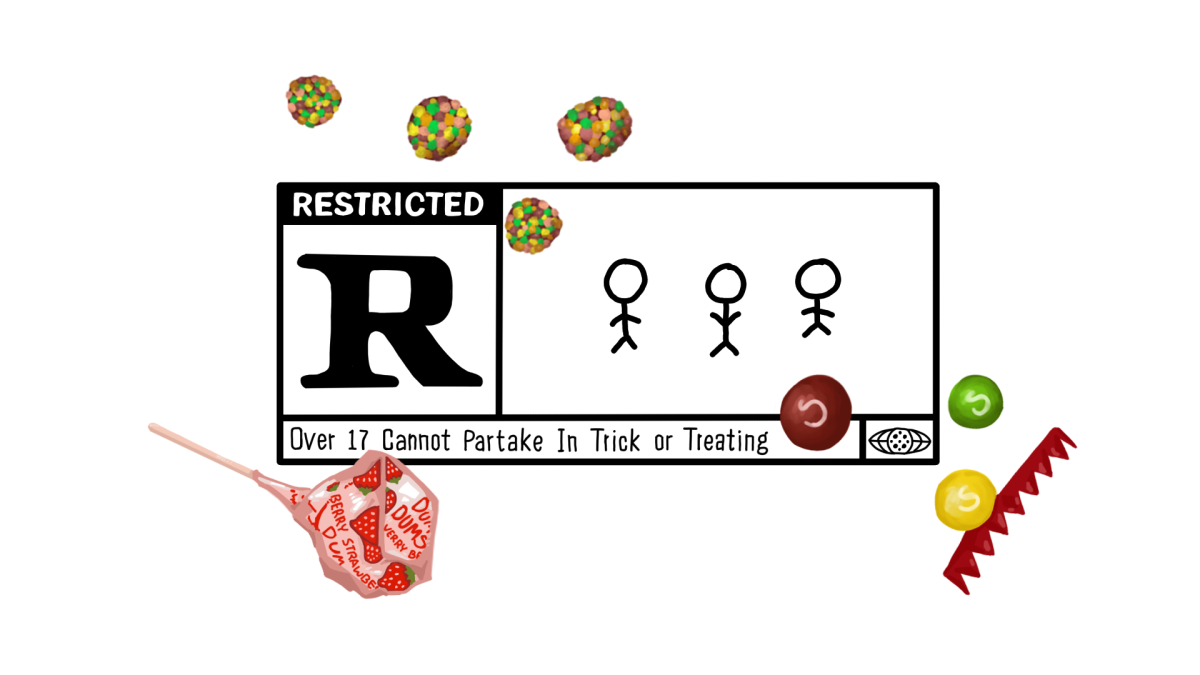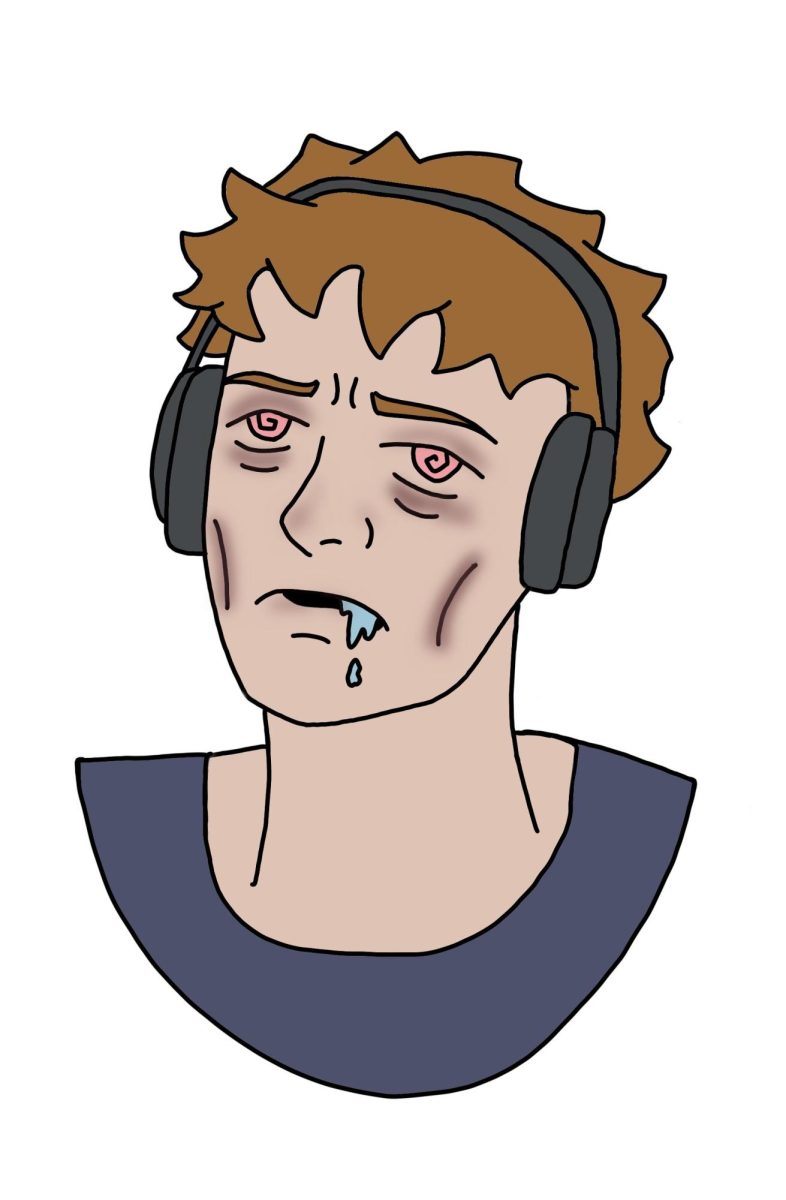If there is anything that everyone hates, it is most certainly being in debt. Unfortunately, due to inflation and high education costs, debt is sometimes inevitable. According to Forbes, more than half of college-attending students end up with debt as a result of having taken out tuition loans. With many FHS seniors heading off to college, tuition fees are one of the many factors to take into account when choosing a post-high school career path. According to the Education Data Initiative, student debt loans take up to 20 years on average to pay off. However, it is important to note that around 20% of U.S. adults have been able to do so.
American citizens can have their student loan debts removed depending on situations such as being a teacher or having a government job. A special scenario where one would qualify for debt forgiveness is if an individual has faced loan repayment for 20 to 25 years, in which they would qualify for income-driven repayment. However, student loan forgiveness is a recent system, beginning in 2007, and is still in development to become a more concrete process when it comes to accepting applications, according to Debt.org. This creates issues for individuals who have already paid off their debts or are close to doing so. With the forgiveness eligibility process unable to accept all of the applications each year, many individuals do not get approved for forgiveness. Even when qualifying for IDR, it would need to take at least 20 to 25 years of paying off loan debts, which is about the national average, before qualifying for forgiveness becomes a possibility. Furthermore, loan forgiveness does not guarantee a full payment discharge, which could lead to a person still needing to pay off debts regardless.
Along with this, as individuals apply for loan forgiveness, another aspect that can create issues is waiting for the application to be approved. According to Forbes, this wait time can take up to six months or longer. With student loan debt repayments typically occurring once a month, according to Federal Student Aid, applicants likely have to pay more money even after applying for forgiveness.
Although student loan forgiveness and relief are necessary, we must reflect and vote on policies that benefit all Americans so that no individual is left behind to pursue higher education.




















